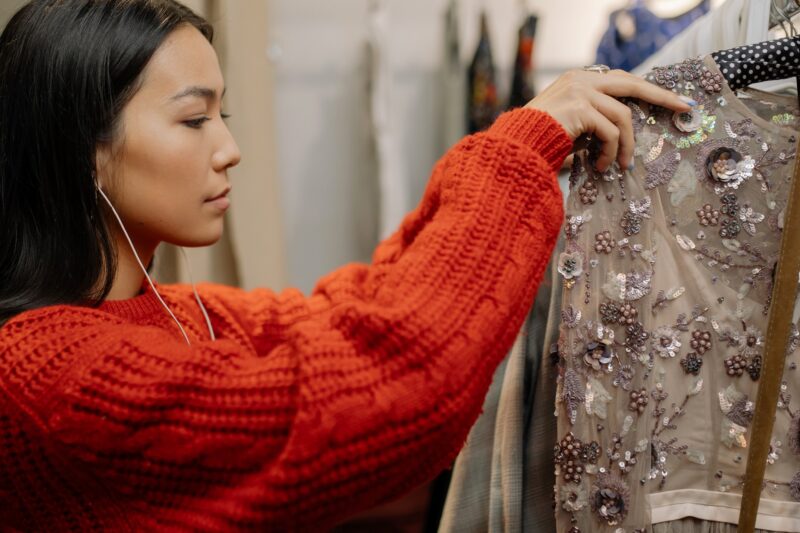Fast fashion is now at a crossroads in China. Clouds overshadow the fate of the sector following a scale-down of global fast fashion labels, including H&M which saw its stores in China shrink from 530 in 2018 to some 280 as of writing (according to the group’s store locater for mainland China), including the closure of one of the biggest outlets in Beijing Sanlitun in June – one year after the shutdown of the brand’s first flagship store in Shanghai Huahai Road.
Further fuelling doubts over fast fashion is the retreat of others alike such as GAP, an American fashion retailer who terminated storefronts in more than a dozen Chinese cities in 2022. As well as Zara, the Spanish fashion label which unveiled its first store in 2006 in Nanjing but met its end early this year – a few months after the full withdrawal of its sister trio Bershka, Pull&Bear and Stradivarius from the Chinese market.
The industry indeed needs to re-evaluate consumer demands and revisit their business strategies.
Diana Shao, Mintel
This occurrence begs the question: has fast fashion lost its allure in China? Market analysis, however, suggests otherwise but the industry indeed needs to re-evaluate consumer demands and revisit their business strategies accordingly. “Chinese consumers still have an appetite for fast fashion,” said Diana Shao, Category Director at Mintel.
Data recorded by the global market research firm showed that an average of 60% of 3,000 respondents had purchased fast fashion clothing in the past 12 months, ranging from tops, trousers, coats, skirts and footwear. Among which, 24% had increased their spending on tops and trousers, 20% on footwear and 18% on coats. “Fast fashion clothing allows consumers to achieve fashionable wearing in their daily lives at an affordable price, and also express their personality and taste,” continued Shao.
Having said that, consumer expectations of fast fashion has evolved. While the range of designs that fast fashion touts remains appealing, more attention has been paid to the quality and environmental impacts of the final product. Research by Mintel found that 44% of the surveyed, expected fast fashion items to be more “durable” with products using finer fabrics such as silk and leather deemed to fulfill the requirement. Products adopting eco-friendly material also received consumer endorsement.
The changing consumer demand prompts the industry to seek premiumisation as a remedy.
The changing consumer demand reflects the trade-up in the Chinese market, which then prompts the industry to seek premiumisation as a remedy. In fact, the Chinese challenger Urban Revivo (UR) has been able to run against the industry’s downturn and quickly pick up steam, due partly to its positioning of “fast and luxury fashion”.
The strategy allows the brand to provide consumers with designs fused with a luxurious twist while maintaining the quick turnaround that fast fashion is appreciated for. Similar attempts have been made by H&M, through the group’s intention of pushing the expansion of two of its high-end sub-brands Arket and &Other Stories in China.
In this vein, Shao suggested two possible directions for fast fashion brands who seek upscaling of their business models. “One is to provide better quality products by upgrading fabric and craftsmanship,” Shao added, “Another is to promote sustainable fashion as Chinese consumers are willing to pay a premium for products with sustainable claims.”
In the meantime, Shao also emphasised the importance of leveraging China’s digital landscape and capitalising on the seeding mechanism (a peer-to-peer recommendation practice where engagement with KOLs is at the core), in order to achieve effective penetration of their target consumers. This is particularly true for foreign brands who want to grab a slice of China’s fast fashion territory in the face of Chinese counterparts who are usually shrewd players in the digital space.
That should also be coupled with innovative offline retail experiences, which plays a crucial role in strengthening brands’ recognition and deepening customer relationships. As the market upgrade continues, consumer demands become multidimensional. Fast fashion, therefore, is not merely about “speed”.









